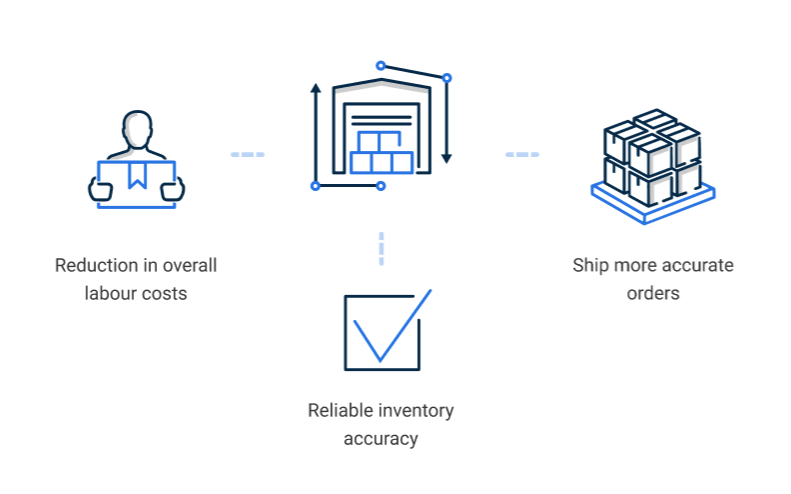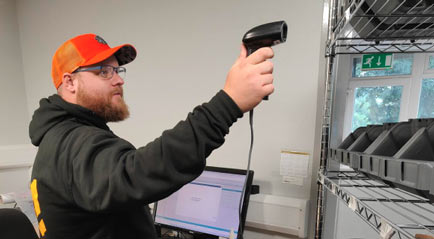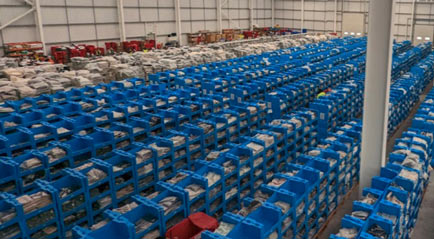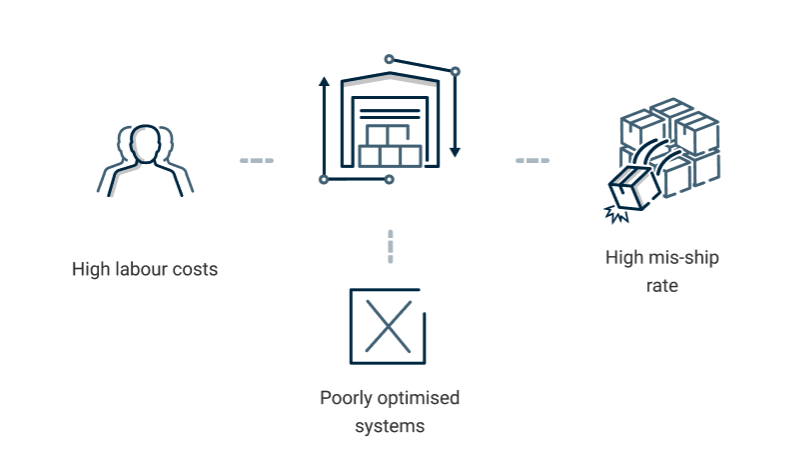

Before Peoplevox, we were stuck using paper pick lists. Working with Descartes helped us to improve picking accuracy and efficiency straightaway.”
- Rob Hollis, Continuous Improvement Manager, The AYBL Group
Definitive Stock Control
- Confident inventory levels
- Traceability of stock movements
- Inventory adjustments
Faultless Fulfilment
- Eliminate mis-ships
- Build brand trust
- Ship orders on time
Eliminate Overselling
- Real-time inventory sync
- Connect inventory to ecommerce channels
- Sell only available stock
The Descartes Peoplevox Effect

Without Descartes Peoplevox
With Descartes Peoplevox


Value For Money Rating 4.4/5 On Capterra
Find out how much our WMS costs
Clients Who Hate Inaccuracy and Love Descartes Peoplevox


“We chose Peoplevox because we needed to position ourselves to keep growing as a company.”


“Getting the WMS implemented was an absolute game changer for Showpo.”


“It’s allowed us to grow more efficiently and maintain a lean operating model as we scale.”
Working with Brands Handling 150 to Over 60,000 Orders a Day








Error-Free Warehouse Operations

Fast and Accurate Picking
- Barcode scanning to prevent mistakes
- Pick more orders, faster, with fewer people

No More Mis-Ships
- Get every order out on time
- Reputation for precision

Scale Sustainably
- Increase margins and profitability
- Set up for long-term growth










